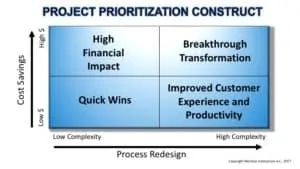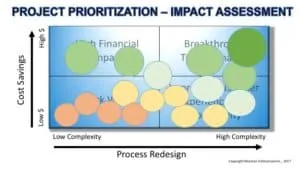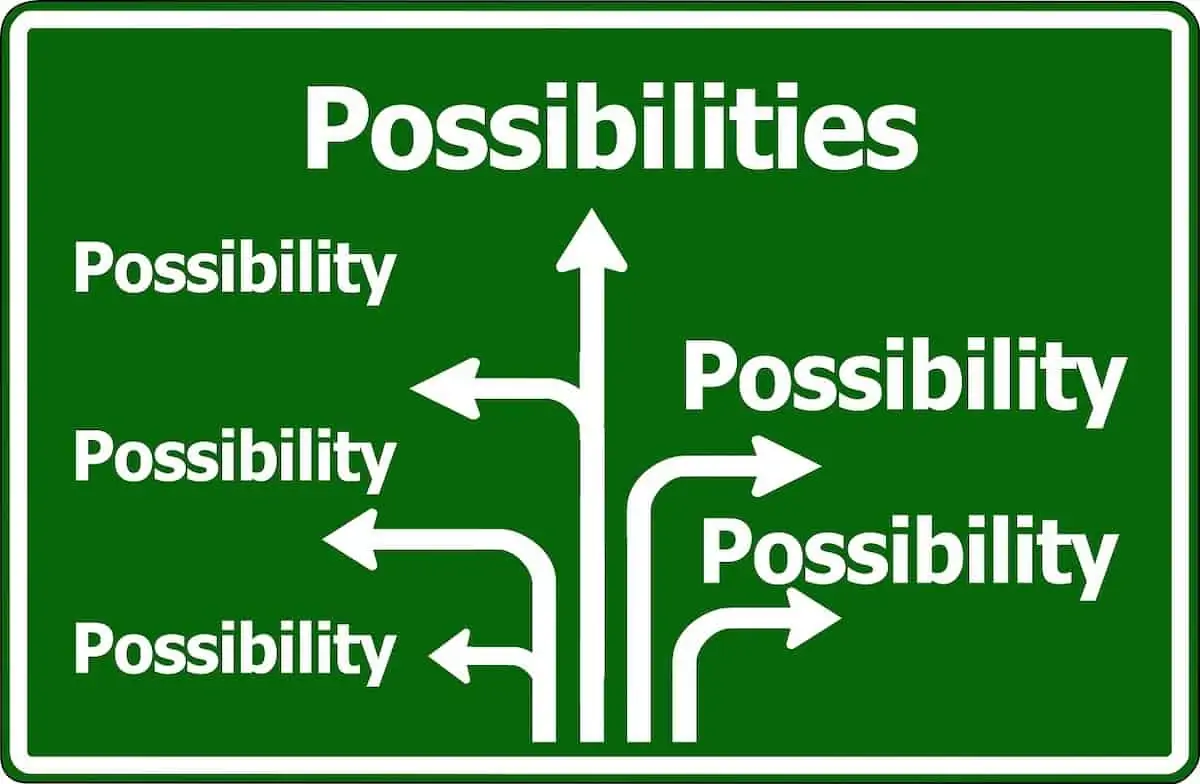We had the “Call To Action” from the CEO. The business needed to be transformed to support growth. And the business needed to be financially stronger and much more productive.
With the mandate established we had named the change initiative that we were about to launch. We had enlisted leaders from every functional organization. And we had began to roll out our communication strategy.
This project involved every employee, every function, and every process in the company. We needed a simple way to prioritize all of the projects that we were about to undertake.
The project mandate required that we “Attack On All Fronts”. That meant we were going to be looking at every aspect of the company. We were also going to solicit input from every dimension of the organization:
- Business Processes
- Employee Ideas
- Customer Feedback
- Financial Performance
We also had to face the reality that the company still had to operate each and every day. That meant that while we would have some dedicated resources we were going to be asking people to apportion a part of their time to our cause. And this affected every function. Yet everyone still had a “day” job.

Further we knew that every idea and area to address would have varying degrees of impact. Some could be improved and implemented immediately with little effort and cost. Other areas requiring improvement would be implemented over a much longer time period involving a lot of resource and capital investment.
We needed a project prioritization strategy. It had to be a practical vehicle enabling us to make decisions. This strategy also had to fit in with our communication needs. As such we could quickly and easily show status and progress to all levels of the organization.
Project Prioritization Matrix
We decided to use a simple project prioritization matrix:

Behind the 4 quadrant matrix we would have a tracking spreadsheet with much more detail. This detail would include the amount of resources, time and capital investment required for every activity. And it would show a return on investment for each project.
We chose cost savings impact and process complexity as our high level factors. This aligned with our corporate mandate to support growth by transforming our business processes. And it supported our corporate mandate to drive significant improvements in productivity and financial performance.
Depending on your objectives you can certainly pick other factors, or even add more. But these suited our needs. Every other metric could be boiled down in to one of these two factors.
The simple visualization tool would also serve our purpose in communicating status and progress at all levels. It would enable us to make quick management decisions and set priorities. And we could always consult the greater level of detail whenever needed.
Project Prioritization Matrix – Applied
We knew that there were more than a dozen business processes that we needed to transform. We had begun to solicit improvement ideas from employees and they were coming in by the hundreds. And we had a lot of customer feedback to roll in and shape our direction.
We plotted all of these ideas and plans on our project prioritization matrix. Every idea or project was represented by a different “bubble”. It was not difficult to do this mapping which was a good sign. Everyone was aligned as to our objectives.

Again while simple the visualization was profound. It enabled us to work with our project teams and management. We determined how we could best deploy limited resources especially when there were competing demands on their time.
Plus we could define how best to achieve Quick Wins while at the same time making the longer term investments for more profound changes.
We could also present this mapping at any level of the organization. People could more easily understand where we needed to focus our time and attention. They could also see our starting point. And over time they could see how we progressed in advancing and implementing each of these projects.
Conclusion
Any change management initiative that you undertake likely has a lot of moving parts. Everyone has an idea and their own view of what is most important to attack first.
You need some way to harness all of these inputs. Plus you need to represent them in a way which allows you to discuss and set priorities. Further you must be able to communicate this clearly at all levels of your company.
The simple tool we have described here can work very effectively. Depending upon your objectives you can choose different factors to drive your project prioritization. We picked cost savings impact and process complexity and impact. You may pick something else. And you can add additional dimensions. We certainly had more dimensions behind the visual representation.
A key message is to keep the representation simple. When you are leading a change management project there is a time and place for details and there is a time and place for a simpler, higher level representation.

